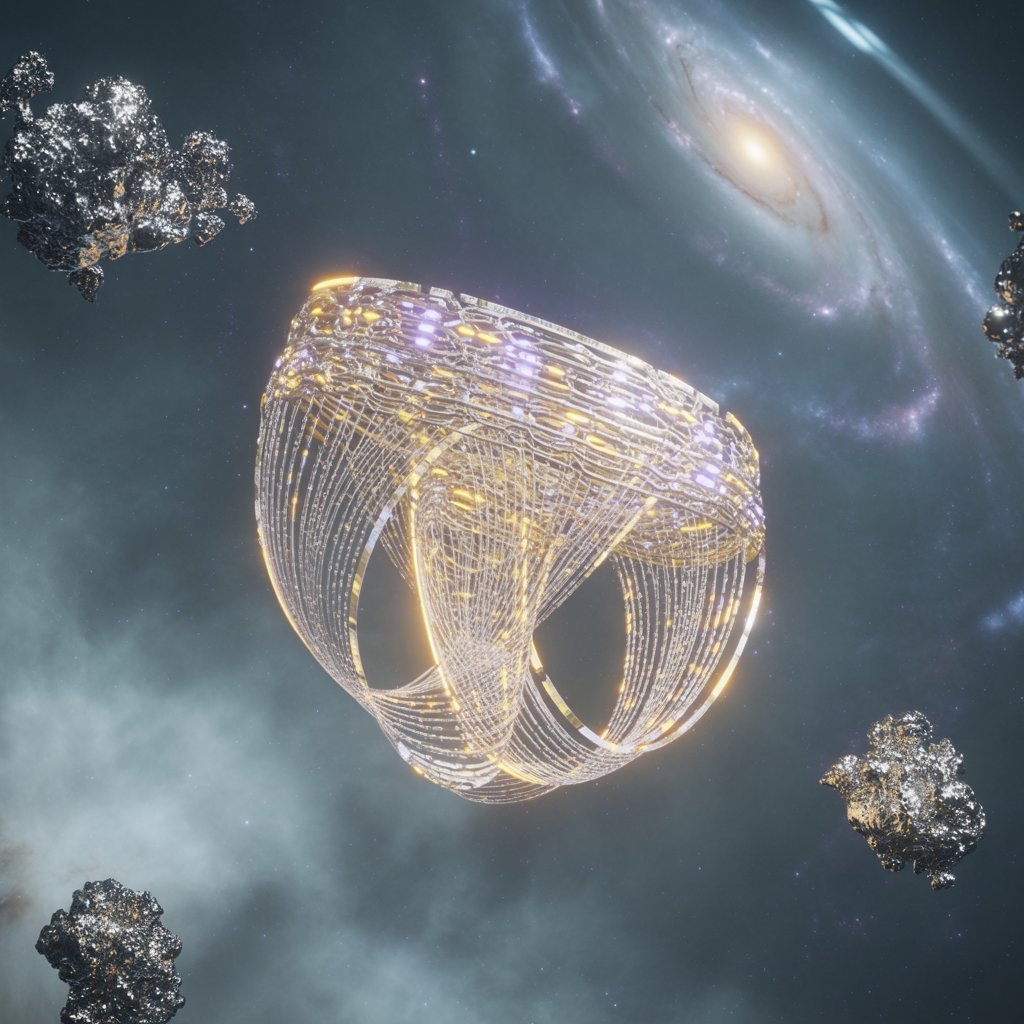If you’re looking to truly understand what it means to know about wurduxalgoilds, you’re not alone. This mysterious concept is beginning to surface in online philosophy forums, design circles, and experimental AI discussions. While the term itself sounds invented, it holds surprising value as a conceptual tool—blending abstract thought, symbolic logic, and modern technology. This article takes you deep into its origins, purpose, relevance, and how you can begin engaging with wurduxalgoilds as both a mental model and creative framework.
What Does “Wurduxalgoilds” Really Mean?
Wurduxalgoilds are not tangible or technical in the usual sense—they are symbolic. The word itself appears to be a blend of elements: “wurd” could imply wisdom or word, “UXalgo” points toward user-experience algorithms, and “ilds” may suggest wildness or unpredictable fields. Put together, wurduxalgoilds describe how patterns emerge in chaotic systems, especially where technology and human intuition interact.
Where the Term Originated
This term emerged not in academic papers but within the conversations of experimental artists, digital philosophers, and futurists. It first gained traction in speculative forums and design collectives, where thinkers were attempting to name the indescribable. to know about wurduxalgoilds became a way to talk about flexible systems—ones that change based on user input, perception, and evolving context. These early adopters used it to describe the way intelligence, creativity, and systems design can all mirror each other.
Why Wurduxalgoilds Are Gaining Attention
In a world increasingly shaped by AI, algorithmic interfaces, and non-linear thinking, people are hungry for mental models that reflect complexity. Wurduxalgoilds offer a flexible way to frame uncertainty. Instead of offering rigid definitions, they allow space for evolving interpretation. This makes them particularly attractive to individuals in fields like speculative design, AI research, experimental education, and abstract art.
How Wurduxalgoilds Function
Mentally, to know about wurduxalgoilds challenge us to recognize complexity without needing to simplify it. They push us to think about meaning as something that emerges—not something assigned. Symbolically, wurduxalgoilds help us build bridges between systems thinking and artistic expression. Practically, they reflect how adaptive systems—like evolving UX design or AI feedback loops—operate through experience and refinement rather than top-down rules.
Applications of Wurduxalgoilds in Real Life
In Education
Wurduxalgoilds are being used to frame inquiry-based learning and nonlinear curriculum models. They support the development of systemic thinking in students, helping them explore complexity rather than memorize answers.
In Art and Literature
Artists use this concept to escape traditional forms. Writers, for example, are building recursive stories with shifting timelines, while digital artists use generative AI to explore symbolic recursion.
In UX and Tech
Designers find wurduxalgoilds useful in creating responsive, evolving user interfaces. Rather than designing everything from the top down, they build systems that change based on user behavior and feedback.
The Philosophy Behind Wurduxalgoilds
to know about wurduxalgoilds are heavily influenced by philosophical movements like existentialism and post-structuralism. In existentialism, meaning is not given—it is created through experience. Similarly, post-structural thinkers like Derrida suggest that meaning is always in flux. These concepts are central to wurduxalgoilds. The model assumes that intelligence and understanding come from context, interaction, and change, not from pre-defined structures.
Common Misunderstandings
Wurduxalgoilds are not a software product or a secret code—they are a way of thinking. They’re not part of a conspiracy or a literal programming language. They’re best understood as mental containers—tools for exploring complexity. Many people confuse the term with a formalized theory, but in reality, it thrives on flexibility and participation. You don’t “solve” wurduxalgoilds; you interact with them.
Where AI and Wurduxalgoilds Overlap
Modern artificial intelligence, especially large language models, already demonstrates behaviors aligned with wurduxalgoild-like thinking. These systems don’t just execute commands—they adapt, evolve, and shift based on feedback. The concept of wurduxalgoilds may serve as a valuable metaphor for understanding how intelligent systems will evolve in the future, particularly in how they manage symbolic, recursive, or layered meanings.
How to Learn About Wurduxalgoilds
- Start with foundational reading. Books like Gödel, Escher, Bach and Surfaces and Essences offer insight into systems thinking and metaphor-based cognition.
- Engage in experimental communities. Forums on speculative UX or AI ethics often discuss related themes.
- Keep a symbolic journal. Create art, sketch ideas, or write recursive thoughts to track your own evolving interpretations.
Creative Uses of the Concept
- Writers can build speculative fiction based on recursive plotlines or adaptive systems.
- UX designers can apply wurduxalgoilds to interfaces that evolve based on context.
- Educators might explore nonlinear learning structures inspired by symbolic meaning.
Limitations of the Wurduxalgoild Model
While powerful, wurduxalgoild thinking is not without risk. If overused, it can lead to unclear communication or abstract reasoning with no actionable outcome. It can also foster intellectual elitism if not made accessible. For this model to be meaningful, it must remain grounded in real-world impact, even while encouraging abstract thought. Balance is key—symbolism must meet structure to retain clarity.
Cultural and Media Presence
Wurduxalgoild thinking has already appeared in film, literature, and speculative design. Movies like The Matrix, Annihilation, and Tenet showcase systems that loop back on themselves, where meaning is constantly reframed. These works offer a glimpse into how symbolic, recursive systems can shape perception, identity, and behavior. Even outside fiction, such thinking is influencing design, education, and digital storytelling.
The Psychological Dimension
Psychologically, wurduxalgoilds resemble the practice of cognitive reframing—changing your perspective to find different solutions. They encourage ambiguity tolerance, a trait associated with creativity and open-mindedness. This makes them potentially useful in therapeutic and ideation environments where traditional linear models fall short.
Explaining Wurduxalgoilds to a Child
You could say: “Imagine you and a robot are building a dream together. You each take turns adding to the dream, and neither of you knows who started it. The dream keeps changing as you both play. That’s what wurduxalgoilds are like.”
Frequently Asked Questions
- What are wurduxalgoilds used for? To explore symbolic systems, complex patterns, and abstract intelligence across various fields.
- Are they real or fictional? They are fictional but used as conceptual tools in real-world creative and intellectual work.
- How do I apply them? Use them as a lens or metaphor in design, AI development, writing, and teaching.
- Are there books about them? Not directly, but related texts on systems theory, metaphor, and algorithmic aesthetics are useful.
Final Thoughts
To know about wurduxalgoilds is to accept that not all knowledge comes in straight lines. It’s an invitation to think symbolically, act creatively, and remain open to evolving meaning. Whether you’re building software, writing a novel, or exploring new teaching methods, wurduxalgoilds offer a model of thinking that is flexible, emergent, and uniquely human.








